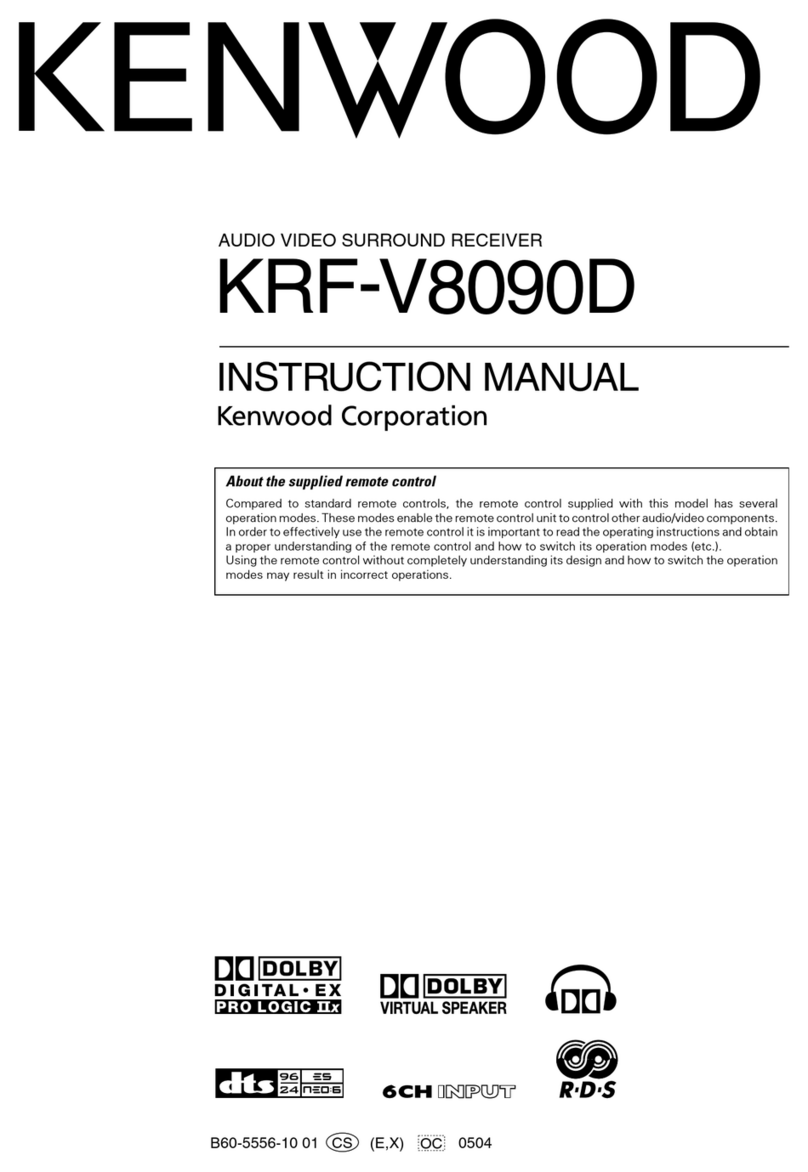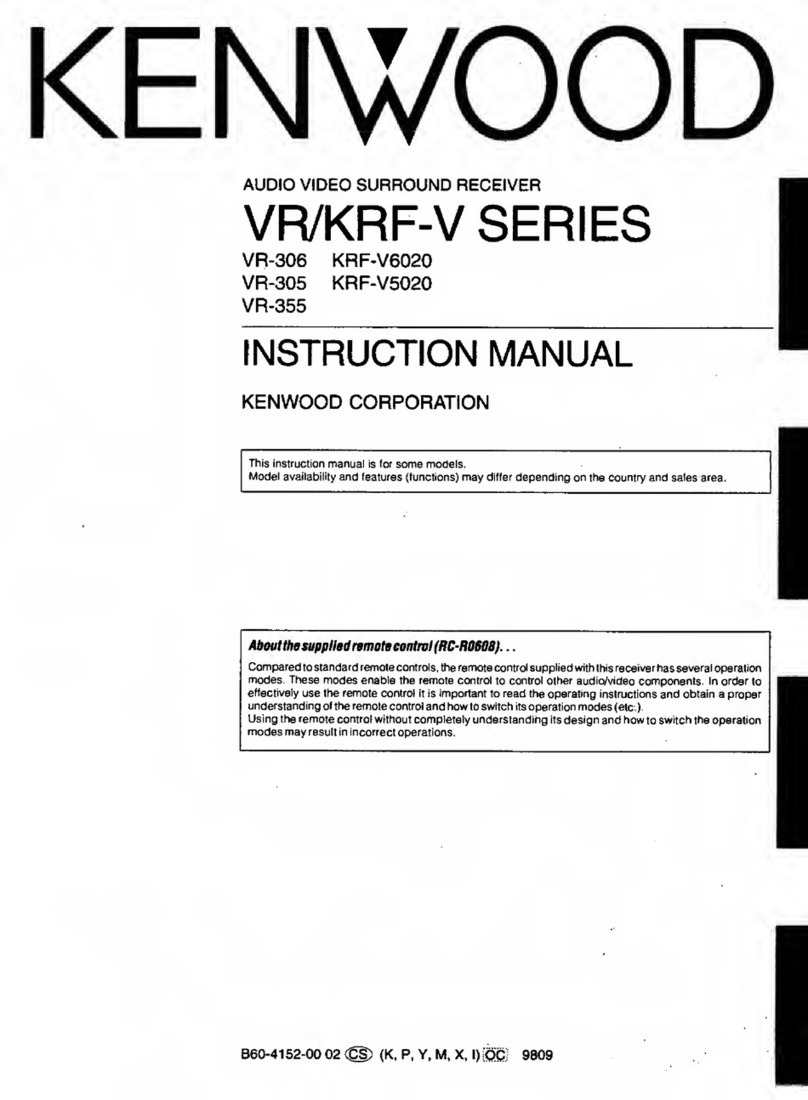Kenwood 103AR User manual
Other Kenwood Stereo Receiver manuals
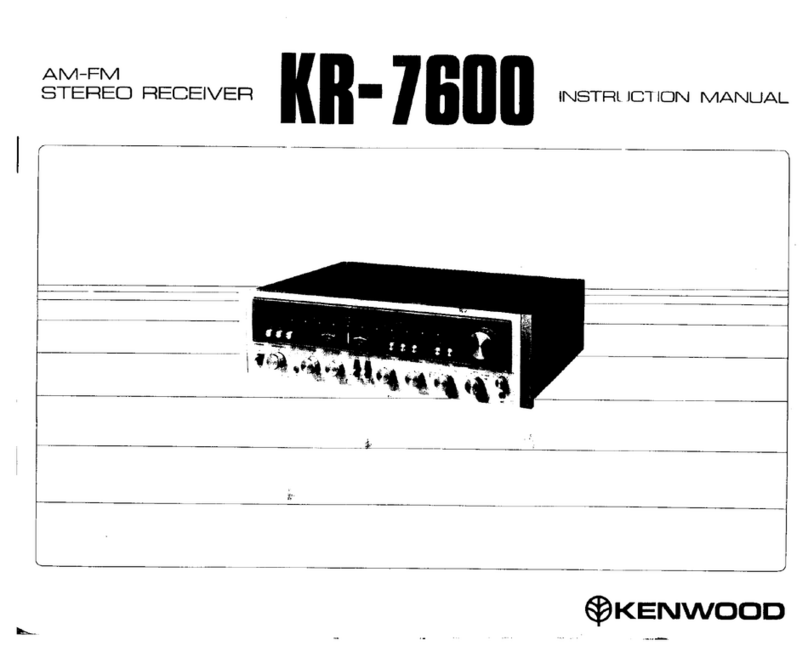
Kenwood
Kenwood KR-7600 User manual
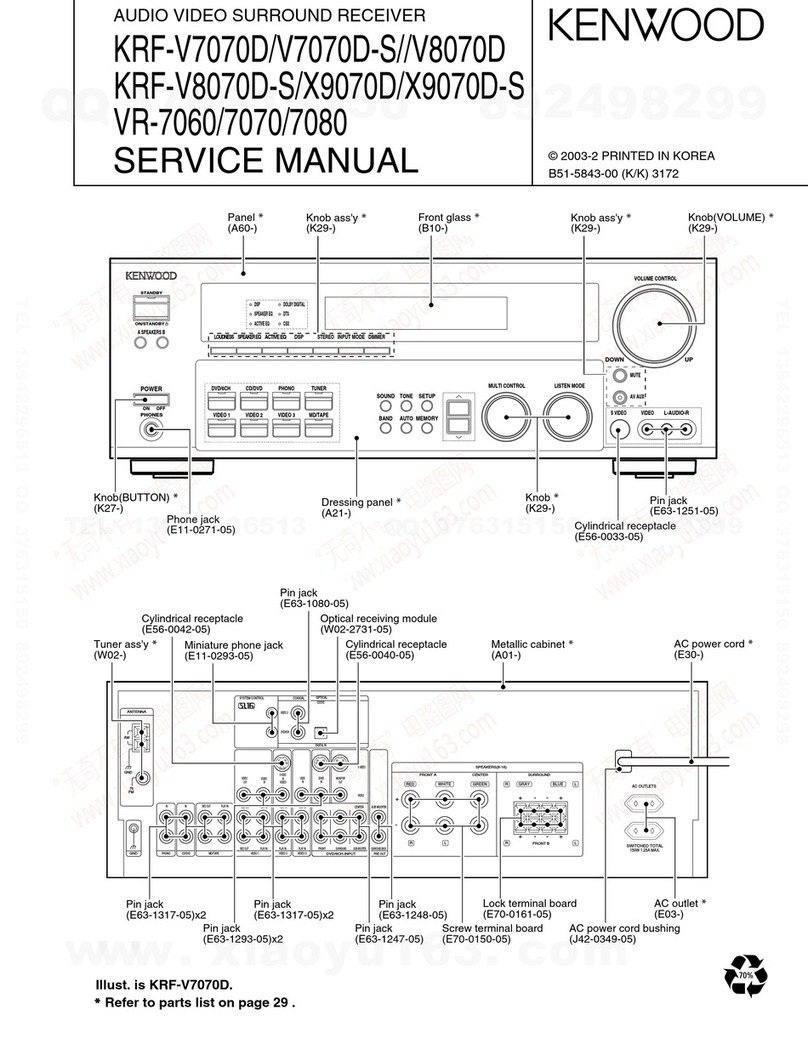
Kenwood
Kenwood KRF-V7070D User manual
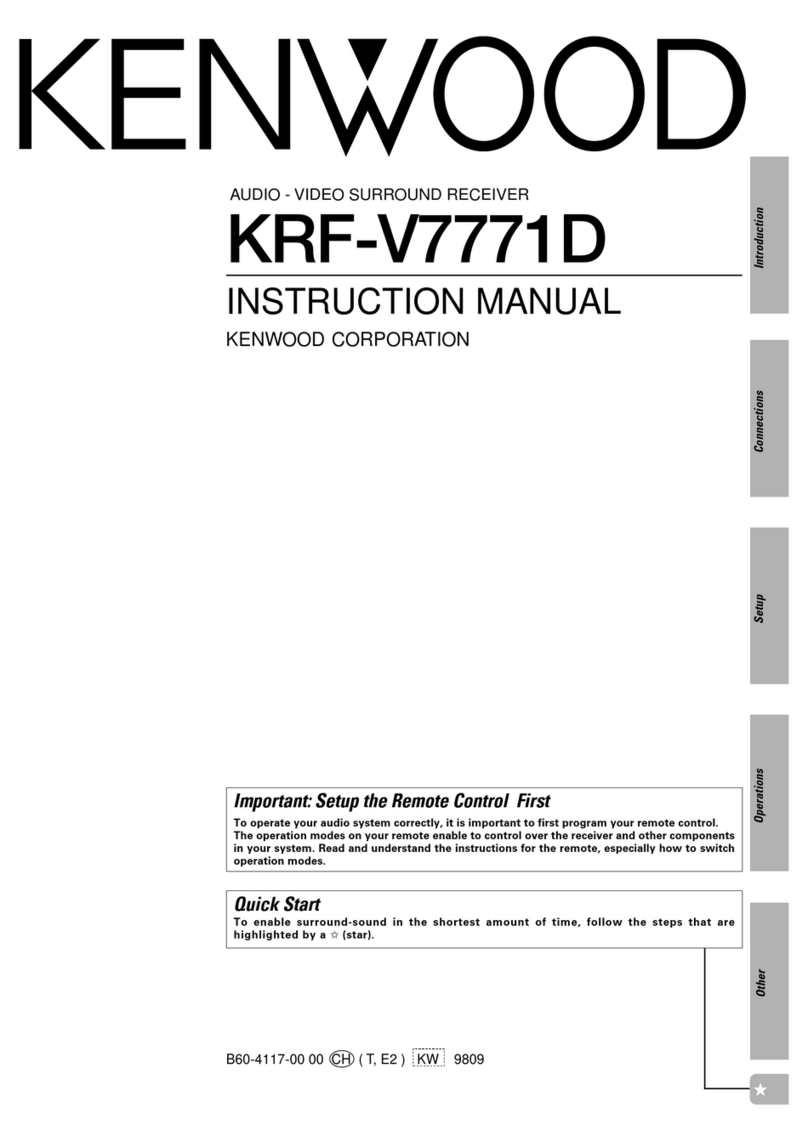
Kenwood
Kenwood KRF-V7771D User manual
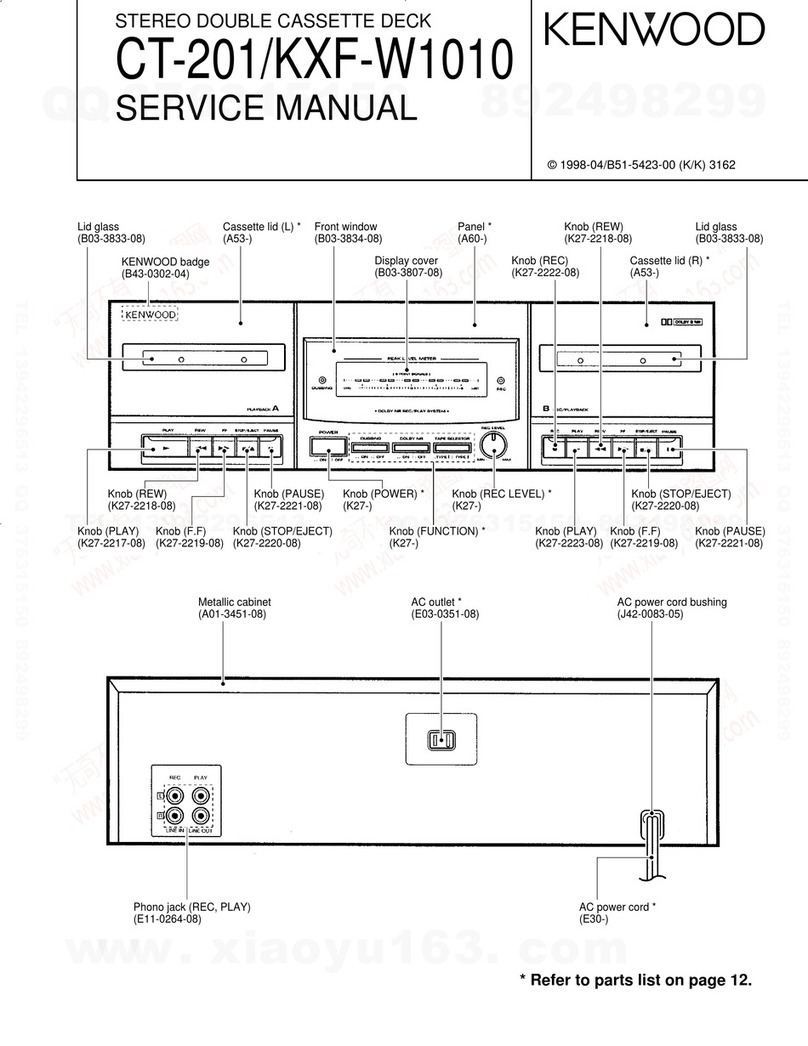
Kenwood
Kenwood CT-201/KXF-W1010 User manual
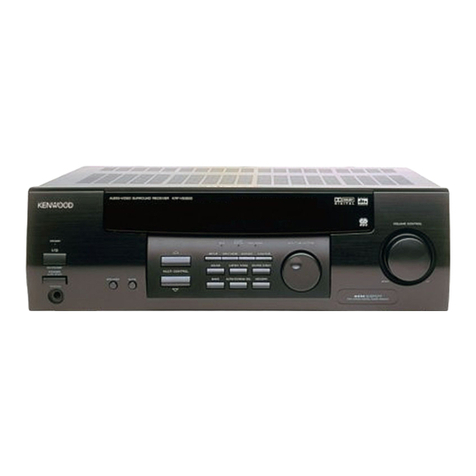
Kenwood
Kenwood KRF-V5050D User manual

Kenwood
Kenwood VR-716A Quick start guide
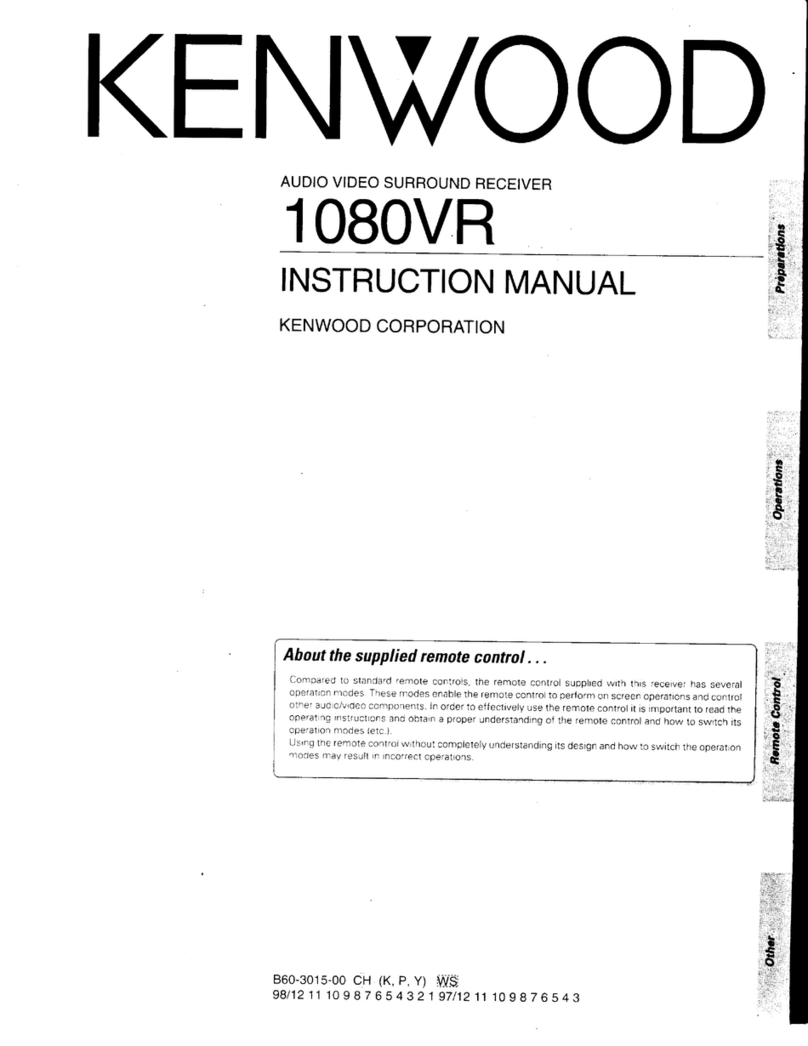
Kenwood
Kenwood 1080VR User manual
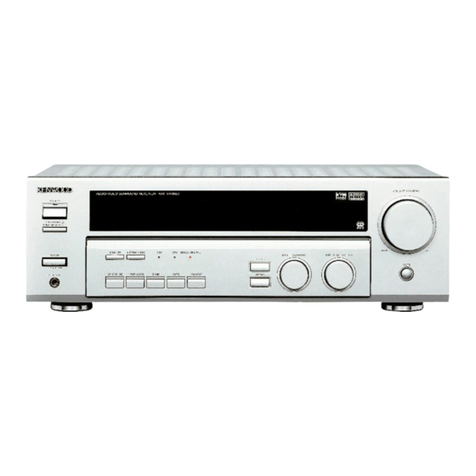
Kenwood
Kenwood KRF-V4060D User manual
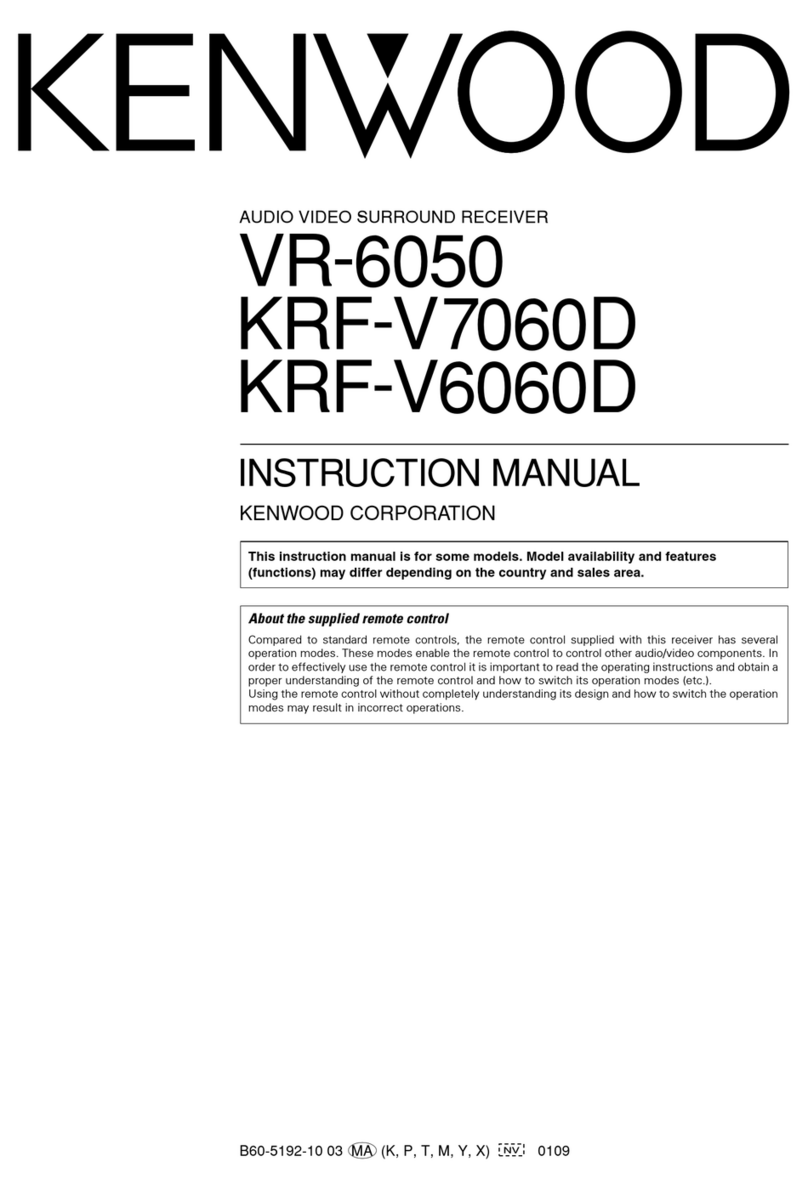
Kenwood
Kenwood KRF-V6060D User manual

Kenwood
Kenwood KR-V8080 User manual
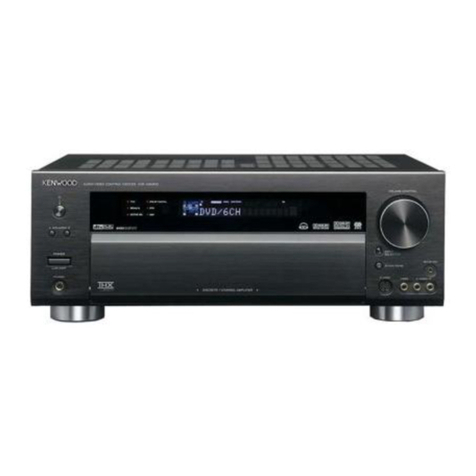
Kenwood
Kenwood KRF-X9090D User manual

Kenwood
Kenwood KR-1000B User manual

Kenwood
Kenwood KR-V9020 User manual
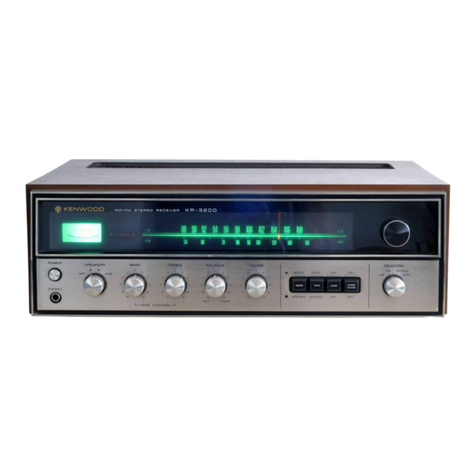
Kenwood
Kenwood KR-3200 User manual
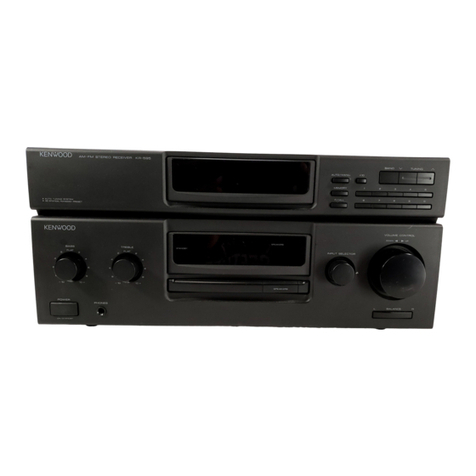
Kenwood
Kenwood KR-595 User manual

Kenwood
Kenwood C-V751 User manual

Kenwood
Kenwood KR-V8050 User manual

Kenwood
Kenwood KRC-508S User manual
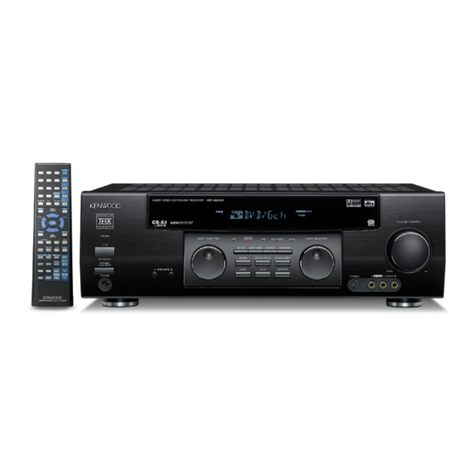
Kenwood
Kenwood KRF-X9050D User manual
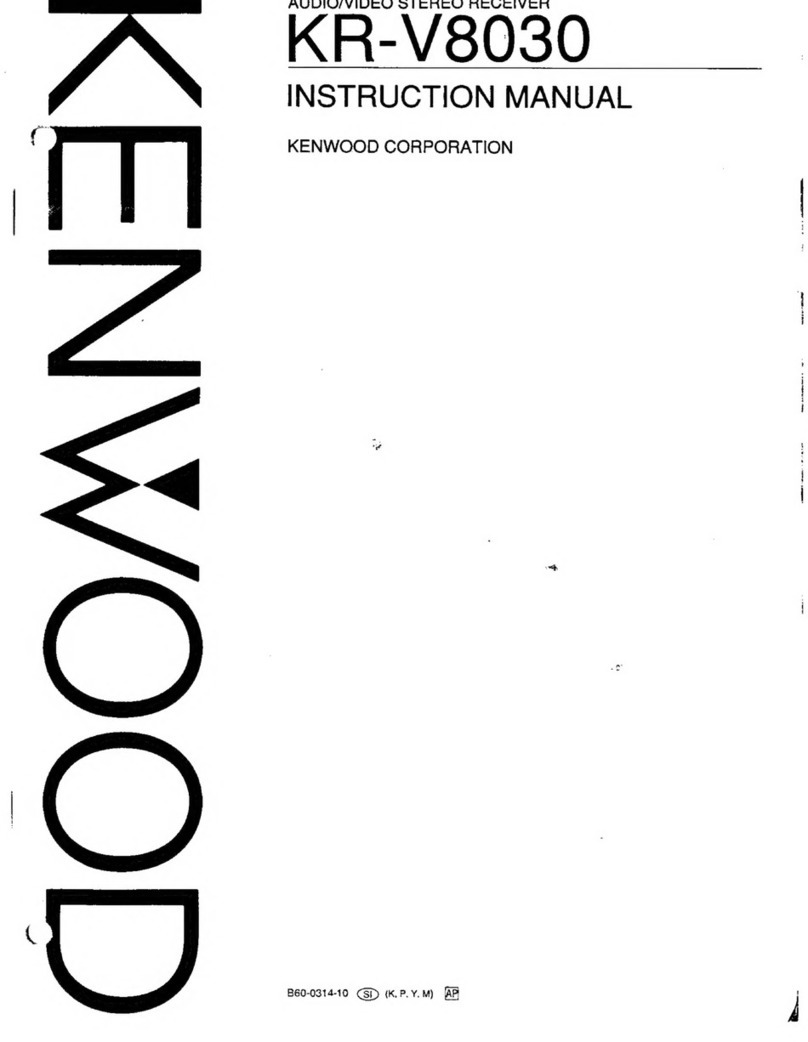
Kenwood
Kenwood KR-V80 User manual
Popular Stereo Receiver manuals by other brands

Radio Shack
Radio Shack DX-399 owner's manual

Sony
Sony STR-DE535 - Fm Stereo/fm-am Receiver operating instructions

Pioneer
Pioneer SX-1000TA operating instructions

Yamaha
Yamaha MusicCast TSR-5B3D owner's manual

Sony
Sony STR-DG500 - Multi Channel Av Receiver Service manual

Sherwood
Sherwood Newcastle RX-770 operating instructions

